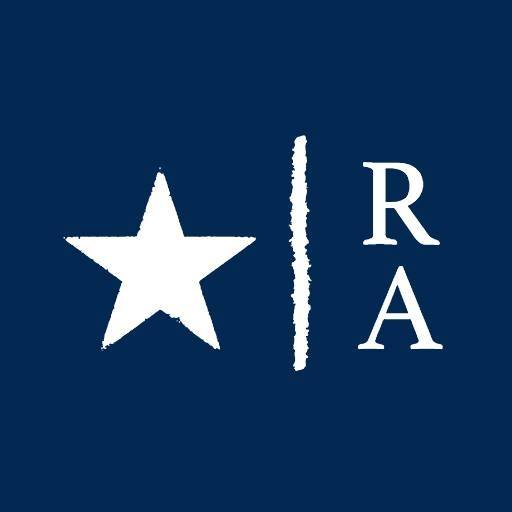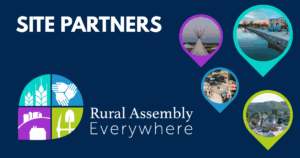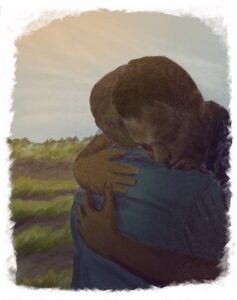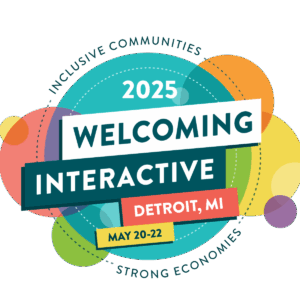Mary Sketch is a Program Associate with the Center for Rural Strategies, working primarily on the Rural Assembly. She has spent time engaged with diverse rural communities across the country including worked on community development and forest restoration in the Central Sierras of California as well s seasonal work with the Nature Conservancy on Block Island, the University of Montana College of Forestry, and a dude ranch in western North Carolina. She has a Masters in Fish and Wildlife Conservation from Virginia Tech and a Bachelors in Environmental Studies from Brown University.
 Driving into Glencoe, California, an unincorporated community in the Central Sierra, you are welcomed by the classic green road sign listing, “elevation: 2749 feet, population: 189.” Below this sign is tacked a cardboard, hand-painted sign emblazoned with the simple word, “Grateful.” Most outsiders would drive by without a second thought. Yet, to the under 200 residents of the rural mountain town, the homemade sign says it all. In October of 2015, the Butte Fire tore across over 70,000 acres of Calaveras County, nearly devastating the town of Glencoe on three different days. Had it not been for unique wind patterns and a few select firebreaks around the town, Glencoe would have gone up in flames like much of the rest of Calaveras County.
Driving into Glencoe, California, an unincorporated community in the Central Sierra, you are welcomed by the classic green road sign listing, “elevation: 2749 feet, population: 189.” Below this sign is tacked a cardboard, hand-painted sign emblazoned with the simple word, “Grateful.” Most outsiders would drive by without a second thought. Yet, to the under 200 residents of the rural mountain town, the homemade sign says it all. In October of 2015, the Butte Fire tore across over 70,000 acres of Calaveras County, nearly devastating the town of Glencoe on three different days. Had it not been for unique wind patterns and a few select firebreaks around the town, Glencoe would have gone up in flames like much of the rest of Calaveras County.
Just as the community was able to breath a sigh of relief following the Butte Fire, they were faced with an ensuing natural resource disaster in the form of drought-induced widespread tree death. Forested land that was not taken by the Butte Fire faced the rapidly impeding fate of the beetle kill epidemic across the Sierra Nevada.
It was only several weeks after the onslaught of the Butte Fire and amidst the tree mortality epidemic that I made the journey from the East Coast to live in the Blue Mountain Communities of Calaveras County. From day one of my fellowship year, I was faced with the devastation that faced both the people and the place of the Central Sierra. However, standing above this environmental and economic hardship was the staunch strength and resilience of the entire community, a strength that forced me to check my perceptions and assumptions daily.
When many imagine rural America, two portraits tend to come to mind- one of pastoral beauty and pristine landscapes and the other of impoverishment and dilapidation. In Calaveras County, like so much of rural America, both of these dichotomies are not only inaccurate, but miss the deep complexity, hope, and resilience that grace our rural places. Calaveras County is so much more than the burn scar from the Butte Fire, it is a place of rich history and culture, of sacred native lands, and of gratitude for place even amid the most daunting of disasters. These lessons on community strength, resilience, and complexity were something no college textbook or course could teach me.

As I think back to my time in Calaveras County and the many lessons I learned about people, place and rural America, I am reminded of the words of Gary Snyder: “Find your place on the planet. Dig in. And take responsibility from there.” I used to think I found my place on the planet 8 years ago when I decided to pursue a degree in Environmental Studies. I loved the Earth and wanted to protect it, and to my narrow mind, bound by classroom walls and academic theories, that was all it took to secure my place. However, over my fellowship year, I soon realized that to find my place on the planet, I not only had to want to protect the earth, I also had to “dig in, and take responsibility from there,” an ask that required me to think more deeply and holistically about community and the complex interconnections between people and place. From working with victims of the Butte Fire to helping build a connection with a local native tribe, nearly every piece of my work involved on-the-ground impact. My work in Calaveras County as a Sierra Fellow pushed me to dig into the community, teaching me the value of getting my hands a little dirty in the place I care deeply about.
Four years later, as a Program Associate with the Center for Rural Strategies, I think about my time in Calaveras County daily. I think about the hope that shone during the hardest of times, the unfaltering resilience of the community, and the deep connections I found between rural America and the rest of our national fabric. My time in Calaveras taught me to be a steward to not just the environment surrounding me, but to the people that bring that environment to life. While I may have been the one “serving” during this year of post-fire recovery in the Central Sierra, I am forever grateful for all the taught me about finding my place, digging in, and taking responsibility from there.







